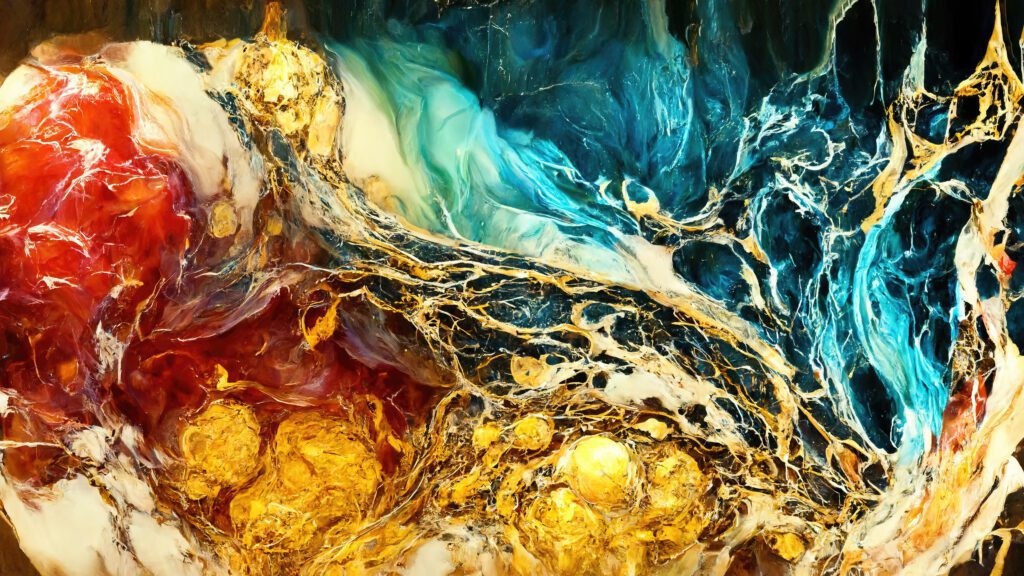Introduction: Exploring the Splatter Resist Technique in Painting
The Splatter Resist Technique is a dynamic and exciting painting method that allows artists to unleash their creativity and experiment with different textures and patterns. By combining the spontaneous splattering of paint with targeted resisting techniques, you can achieve captivating and intricate designs in your artwork. In this guide, we will take you through a step-by-step process of creating a painting using the Splatter Resist Technique, providing detailed tips and ideas along the way.
Step-by-Step Techniques:
- Preparation:
- Set up your workspace with a protective covering or use a dedicated area like an easel in a well-ventilated room.
- Gather your materials, including canvas, acrylic or watercolor paints, brushes, palette, water cups, palette knife, and masking tape or any resist medium of your choice.
- Prepare your canvas by applying a base layer of paint or gesso and allow it to dry completely.
- Sketching and Planning:
- Consider the subject or concept you want to convey in your painting and make a rough sketch on the canvas with a pencil or light-colored paint.
- Plan your composition, thinking about the areas where you want to incorporate the splatter and resist techniques.
- Masking or Applying Resist Medium:
- If you prefer controlled areas, use masking tape or any resist medium such as rubber cement, liquid frisket, or wax to define specific sections that you want to protect from splattering.
- Apply the resist medium carefully, ensuring a clean and crisp edge along the masked areas. Let it dry according to the product instructions.
- Splattering Technique:
- Choose the colors you want to use and squeeze a small amount of each onto your palette.
- Dilute the paint with water or an appropriate medium to achieve a fluid consistency suitable for splattering.
- Load a brush with paint, hold it above the canvas, and rapidly flick or tap the brush handle using your fingers, allowing the paint to splatter onto the canvas.
- Experiment with different brush sizes, angles, and distances from the canvas to vary the size and shape of the splatters.
- Repeat the splattering process with different colors, gradually building up layers and textures.
- Unmasking and Refining:
- Once the paint has dried, carefully remove the masking tape or resist medium, revealing the protected areas.
- Evaluate the composition and make any necessary adjustments or refinements to enhance the contrast and impact of the splatter resist elements.
- Use a palette knife or small brush to add details, highlights, or additional layers of paint where needed. Be mindful of the balance and unity of your painting.
- Finishing Touches:
- Take a step back and assess your artwork. Determine if any final touches or refinements are required to bring out the desired effect.
- Sign your painting and consider varnishing it to protect the surface and enhance the colors and textures.
Helpful Ideas for Artists:
- Experiment with different color palettes to evoke varied moods and emotions in your artwork.
- Explore using different resist mediums such as salt, alcohol, or petroleum jelly to create unique textures and effects.
- Combine the Splatter Resist Technique with other painting techniques, such as blending, glazing, or stencil work, to add depth and complexity.
- Play with various surfaces and textures, such as rough or textured papers, canvas boards, or wooden panels, to achieve different results.
- Embrace the spontaneity of the splatter technique and allow happy accidents to guide your creative process.
Remember, this step-by-step guide only scratches the surface of what you can achieve with the Splatter Resist Technique. For further inspiration and resources, we encourage you to browse through more free materials on our website at https://urartstudio.com. Happy painting!

